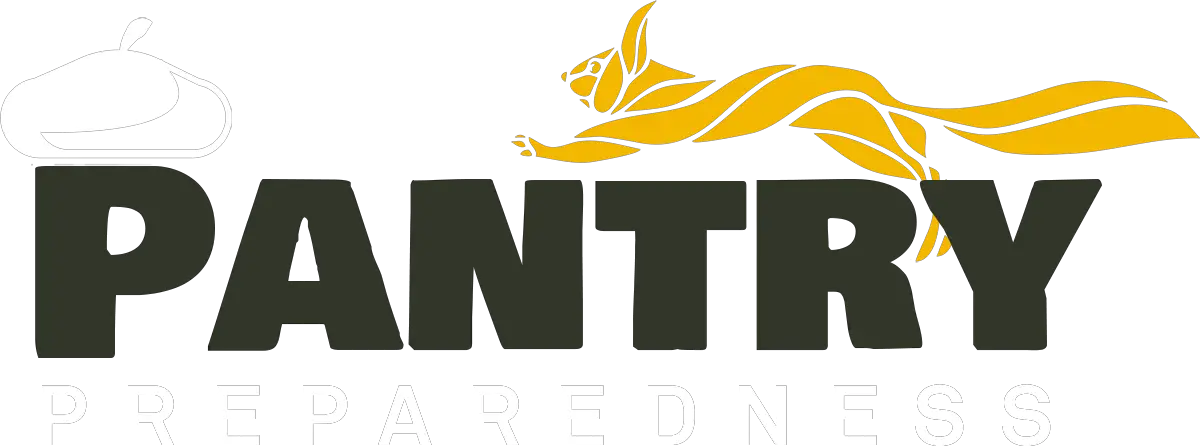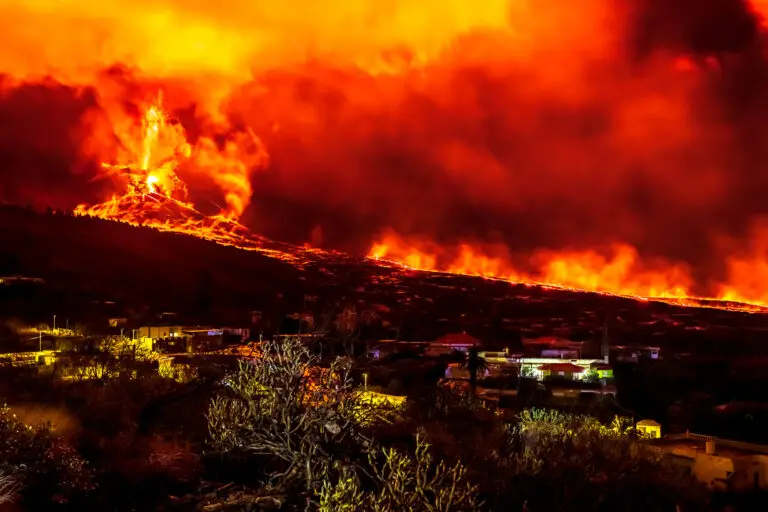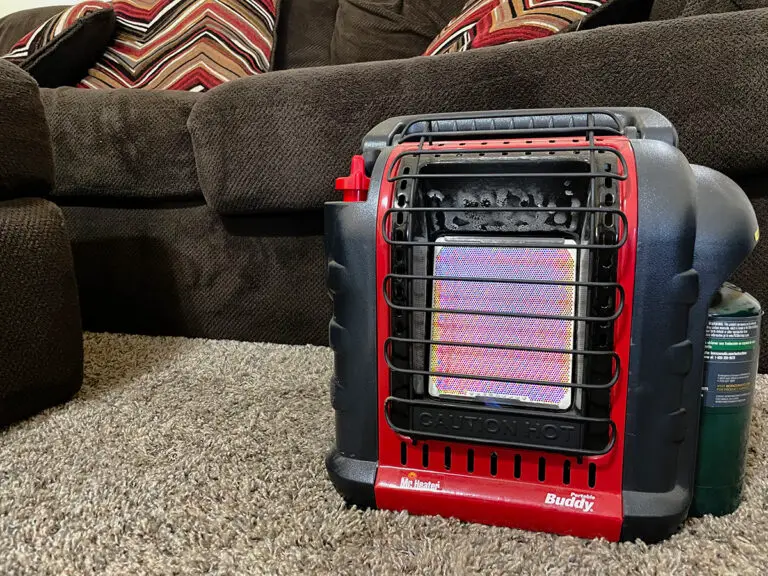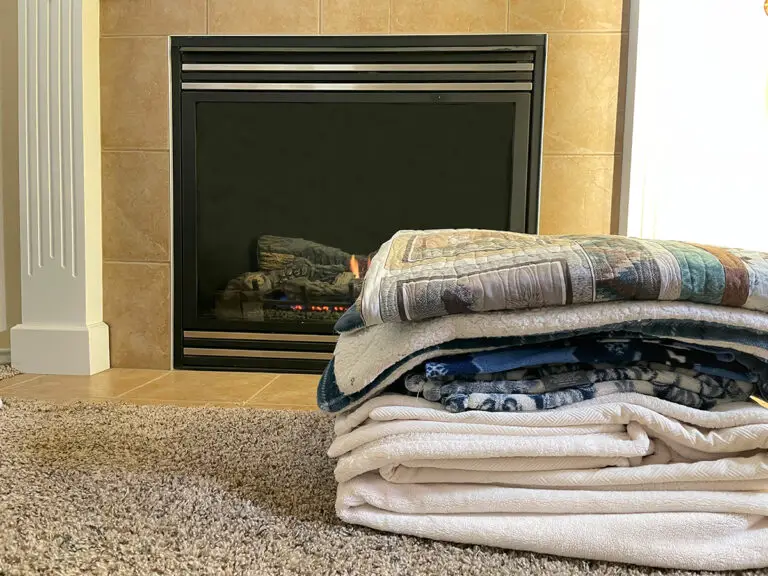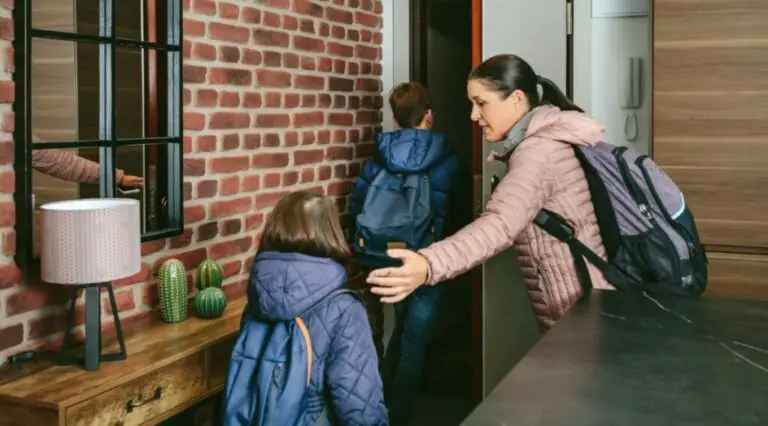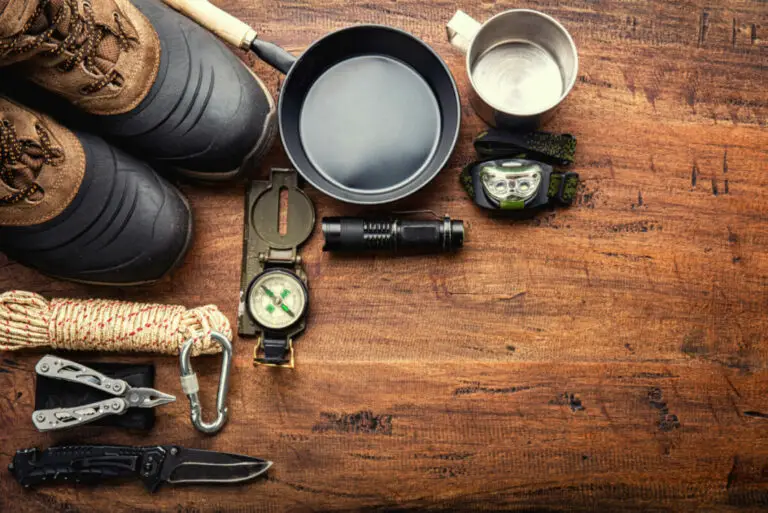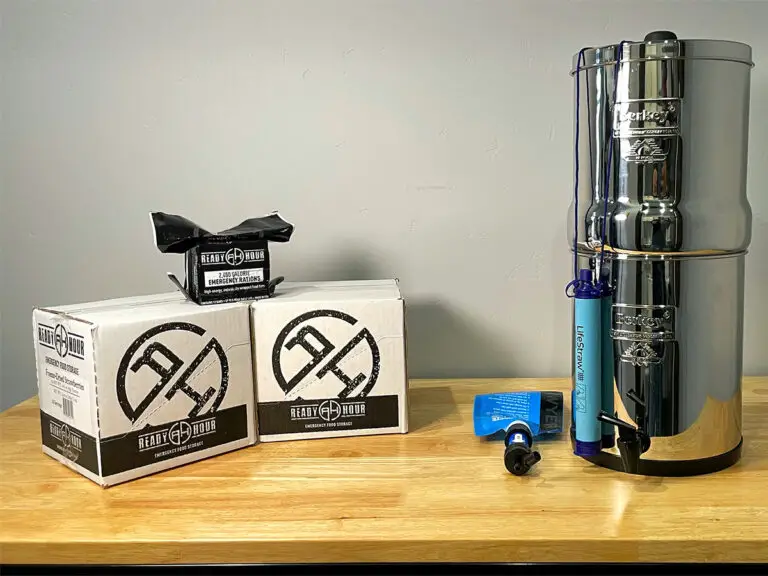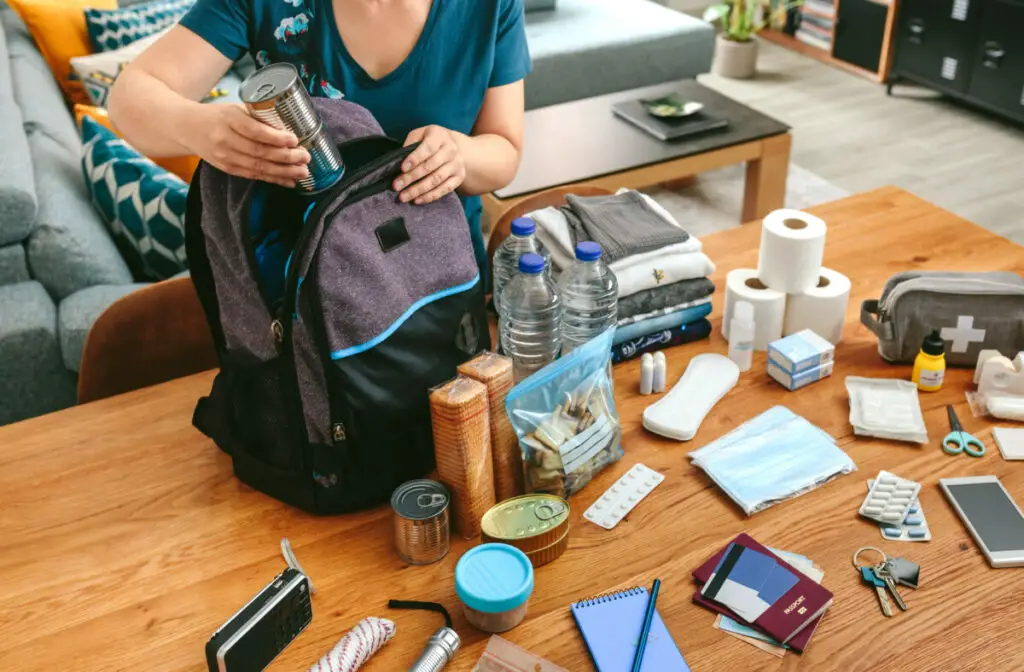
When it comes to preparing yourself and your family for emergencies, you never want to skip steps or fall short. If someone wants to make an emergency plan, what steps should they take to prep? Here are the best steps to take in order to prepare for any kind of disaster that may come!
In the event of a disaster, it is important to create an individual and family emergency plan that covers and accounts for evacuation, obtaining missing supplies, knowing and being able to listen for emergency alerts, having and replenishing your emergency kit, and protecting property from damage.
What makes some disasters different than others? What steps should individuals and families take in each scenario to safeguard against ill-preparedness and danger? Let’s go over the steps you should take, while using a flood for our example.
1. Create an Individual Emergency Plan
Depending on where someone lives, local flooding can manifest itself in heavy rains and overflowing water on land, snow, coastal storms, storm surges, overflowing rivers, and dam failures. Floods often lead to damaged buildings and roads, power outages, and harmful landslides. Knowing the kinds weather related emergencies that are more common in your area can help you adequately prepare.
For example, flood threat levels are different depending on where a person lives, so do diligent research to find out if flooding is common, and if it is, choose a place on higher ground that can be traveled to quickly as a safe evacuation zone in case flooding occurs. Plan to move to this higher ground before flooding begins. In cases of coastal flooding, get prepared to evacuate immediately inland before flooding starts if local officials advise it.
Make sure your mode of transportation is in good working order and that precious possessions like family photos and pets and family members can be gathered swiftly in times of fast evacuation!
2. Create a Family Emergency Plan
All of the steps you’d take for a personal emergency plan can be applied to a family emergency plans, but you’ll need to take account for an increased number of supplies to take care of additional people. For example, if there are small children or babies involved, you’ll need diapers, wipes, and a variety of different foods. If someone wants to protect their family, the best course of action is to study up on their local risks and then take according precautions.
The parents of a family can reach out to their local office of emergency management for advice and feedback on where the safest inland and high-altitude places are to designate as a safe zone for evacuation in case of floods. Make sure everyone is eating healthily and getting enough sleep to decrease anxiety or stress and to prepare everyone to deal with potential emergency situations and evacuations.
If an emergency situation were to occur, there would be a lack of access to any sort of healthcare in the area. Be prepared in the case of an emergency by having a first aid kit, or anything that would need to be used in the case of an emergency. You don’t have to become a nurse, but training on safety measures for anything related to medical would be important to research and learn, like CPR.
3. Evacuate During This Disaster
Floods are most dangerous to people when individuals or families do not evacuate before the floodwaters come or when they are forced to enter floodwaters, which can quickly lead to death. This is because floods and coastal storms can overflow on dry land in minutes and endanger or even drown people.
It is safest to evacuate before the flooding even comes since people who walk, dive, or swim through floodwaters put themselves at direct risk for drowning. Only 6 inches of fast-moving floodwaters can easily knock a person over, and 12 inches of it can sweep a vehicle away, so running or driving will not keep people safe if they are in the thick of a flood!
As detailed above, the safest thing to do in situations of flood warning is to evacuate as soon as possible. If a person or family is stuck in a flood, they should listen to EAS, NOAA Weather Radio, or local alerting systems for emergency information and updates.
People should never walk, swim, or drive through flood waters and are reminded to “Turn Around. Don’t Drown!” instead of chancing it. If driving, stay off of bridges over fast-moving water and if trapped in a building, get to the highest level possible and only get on the roof if necessary and once there, signal for help. Do not climb into closed attic spaces, since this can trap people with rising floodwaters.
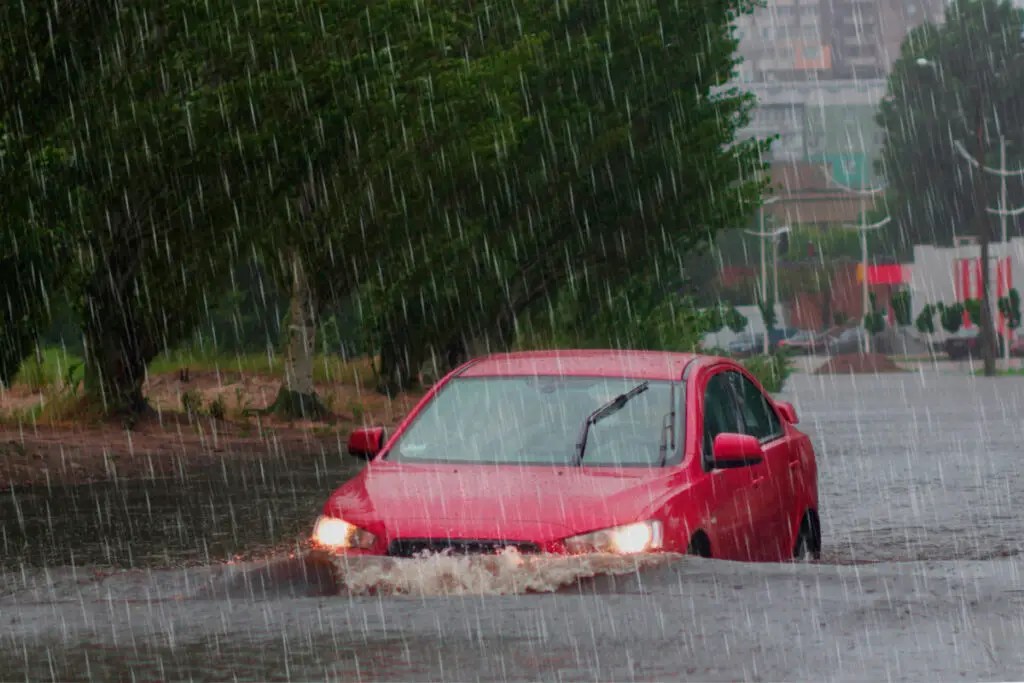
4. Obtain the Best Supplies for This Disaster
Gather supplies, including non-perishable foods, cleaning supplies, and water for several days, in case you must leave immediately or if services are cut off in your area. People need to prepare by gathering drinking water, getting first-aid kits, face masks, hand sanitizer, heavy duty garbage bags, sources of heat and light, fire-starter tools, a portable generator, an emergency weather radio, a power inverter for a vehicle, a solar charger, disposable batteries, a gas can, signaling whistles, duct tape, maps and compasses, sandbags, a fire extinguisher, and storage containers.
Ideal Amount of Supplies
Official emergency centers recommend keeping a three-day supply of water on hand at all times so that a gallon of water per day can be allotted to each person in a family. This water will cover drinking water and basic hygiene needs, and families are advised to keep even more than this for safety’s sake. Food and medicine should be stored up for at least 5 days or more of time.
How to Obtain the Best Skills for This Disaster
Individuals, parents, and family members need to take basic first-aid courses to know how to treat each other and strangers for injuries and shock.
Sharing Survival Skills with the Whole Family
Maps and compasses were listed on the above list of useful supplies to gather before flooding emergencies. Parents should teach everyone how to properly use a compass and map so that family members can navigate to a safe space or meet up location in case of separation during flooding. For families that have small kids, they should gather formula, baby food, diapers, and any other important supplies for their emergency kits. Train with family members on how to keep younger members and pets safe.
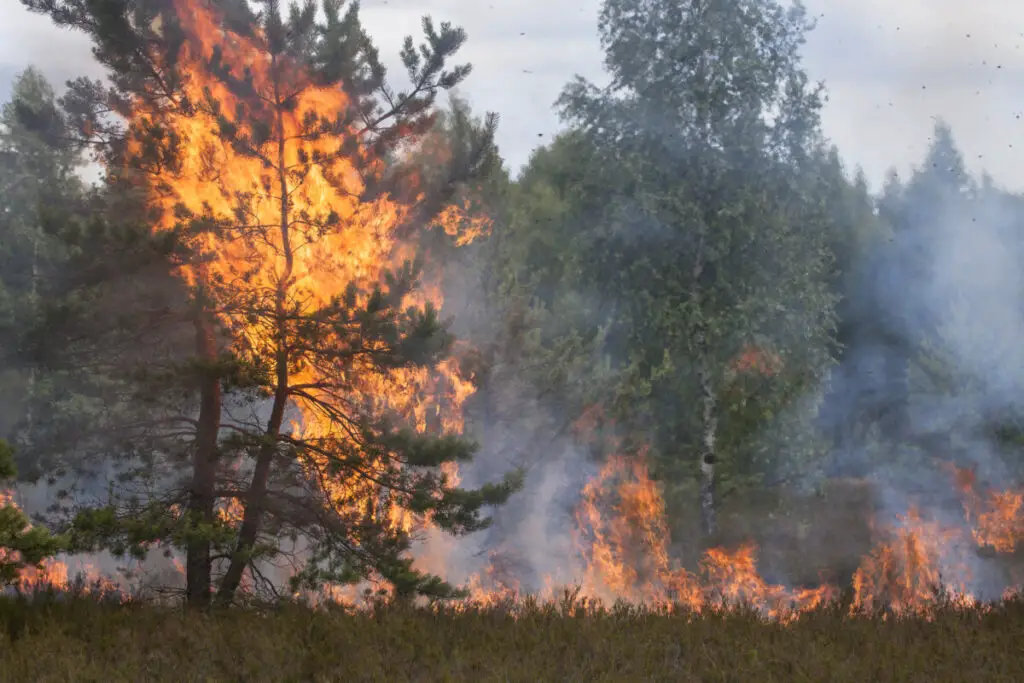
5. Learn How to Receive Emergency Alerts
When warnings come in advance, it is important to know and understand what these alerts mean. It is critical to know these in the case where an emergency is present.
Emergency Alert System (EAS)
The Emergency Alert System is a national warning system which uses radio, television, and other satellite channels to broadcast public information of safety in the time of an emergency. When this alert system is issued, you hear a tone followed by an audio message. Television broadcasters will display a visual message such as a scrolling banner or a static slide.
Wireless Emergency Alerts
Wireless emergency alerts is part of the national alerting initiative. This system enables cellphones to receive alerts for weather emergencies that are severe in nature. This includes weather, threats to life or property, AMBER alerts, and Presidential alerts.
You do not need to subscribe to receive these alerts. The alerts are automatically sent to WEA- enabled devices in the region. If you ever receive a WEA, follow all pf the protective measures in the message.
NOAA Weather Radio
The NOAA weather radio provides the alerts for weather warnings in your area. If you have batteries on hand, you can access the radio even when the power is out to give alerts to the area in which you live. Weather radios are a reliable source of information for weather-related emergencies.
Social Media/ Other Media
The media can inform people of how to be prepared in an emergency and provides preparedness tips and other information about severe weather, emergencies and disasters. MEMA uses a social media method of alerting people.
2-1-1 Hotline
This hotline is the Commonwealth’s primary telephone number for the call center. Call 2-1-1 for accessing the information about the location of shelters that are open in the area, transportation, or other restrictions because of the declared emergency. This is a 24/7 resource that connects callers to the information about health and programs in human services.
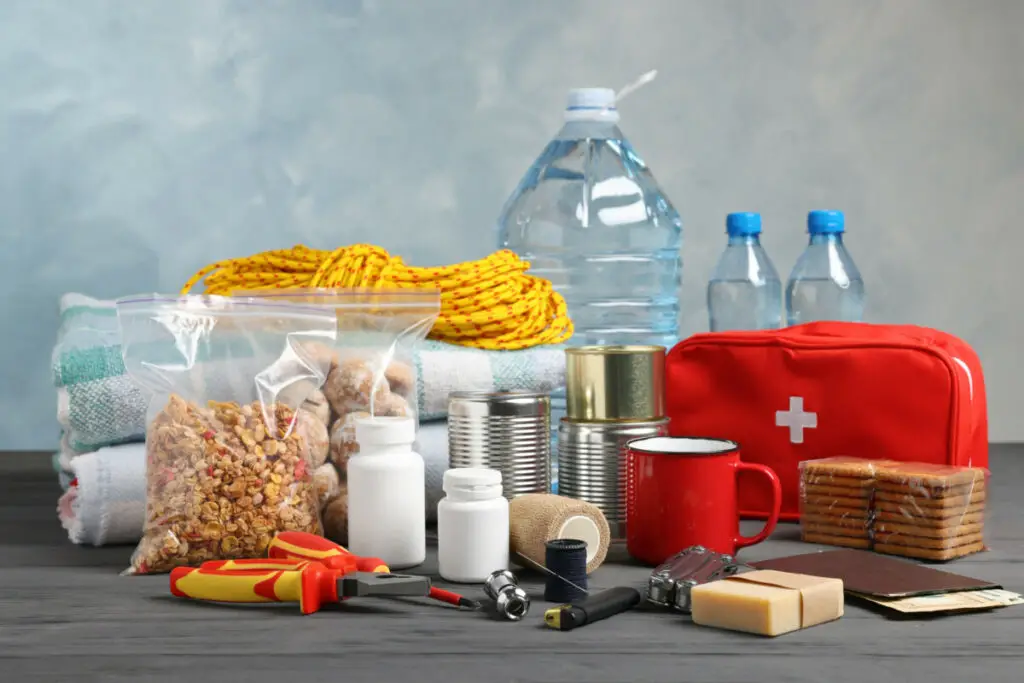
6. Establish Meeting Locations
Select two meeting locations for your family to reunite after a disaster occurs. This place should be located close to your home and one that is further away if the area is required to evacuate or can’t return back to the area.
Plan how to evacuate
Practice how you are going to leave your home in the case of a disaster. Establish possible evacuation places everyone would be aware of, so everyone can be together. Clarify this with the people around you so they hear the message.
Plan a way you and your family will receive accessible transportation during the event of a disaster. Make arrangements with others in your family, neighbors, friends, or other local government if there ends up being no access to transportation. Possible places to evacuate could be a place inside or near your neighborhood, a neighbor’s house, a tree at a park, or a street across from your house.
Shelter in Place
Designate your safe room or rooms in the event of a disaster. There should be as few windows as possible, and have access to television, radio and telephones. If there aren’t any safe areas in your home, consider looking for shelters that would be close to your home.
Have the necessary supplies such as emergency kit, extra food, water, and clothes. If you have access to home treatments or health care services, talk to your healthcare provider to know how to maintain care and services if you are not able to leave your home for a long period of time. These precious belongings are important. You would wish you had them if you had to leave your home quickly to evacuate.
7. Build an Emergency Kit
An emergency should include a variety of different emergency supplies for every emergency situation to last you and your family up to three days. Think about the most essential items you will need for basic survival. Having water, food, clothes, a blanket, clean air, medications, or medical equipment.
Additional necessities such as electricity, gas, water sewage, telephones may be cut off for days or even weeks depending on the event. This supply kit should have items that could help you in the event of a power outage. These emergency kits should be customized to meet the needs of you and your family.
A Safety Kit Should Include
Water: Bottled water. At least three gallons of water for at least three days, along with water purifiers.
Food: At least a three-day supply of food that is non-perishable that do not require cooking. Canned meats, fruits, vegetables, juices, protein, peanut butter, nuts, crackers, baby food and comfort foods are some of the items you could have.
Tools/Supplies: A manual can opener, radio (battery-powered or hand cranked). A flashlight or lantern, batteries, cell phone with a charger, wrench, pliers, and other tools.
Documents: Insurance policies, bank records, ID’s, medical information, and other personal document copies.
These tools in your safety kit would give you access to everything if a disaster left stores without a way to restock these supplies or tools in the case of an emergency.
8. Protect Your Property with Insurance
Property insurance provides you with coverage in case there are any losses from disasters or other emergencies. Make sure you review your insurance policies to see if you have any extra coverage on your home. If you don’t know how to do this, talk to your agent or company that deals with insurance.
Flood losses are usually not covered by insurance. Consider purchasing flood insurance through the National Flood Insurance Plan (NFIP). Flood insurance is available to all areas, even those who are not at risk for flooding.
Back up any inventory such as videotaping or taking a picture of ech room in the house. Store this visual record in a safe place in your home just in case you need extra proof in the case of a disaster.
Keep all insurance policies and other household inventory in a safe place. Send copies of these documents to a trusted individual or family member that is located outside the area.
